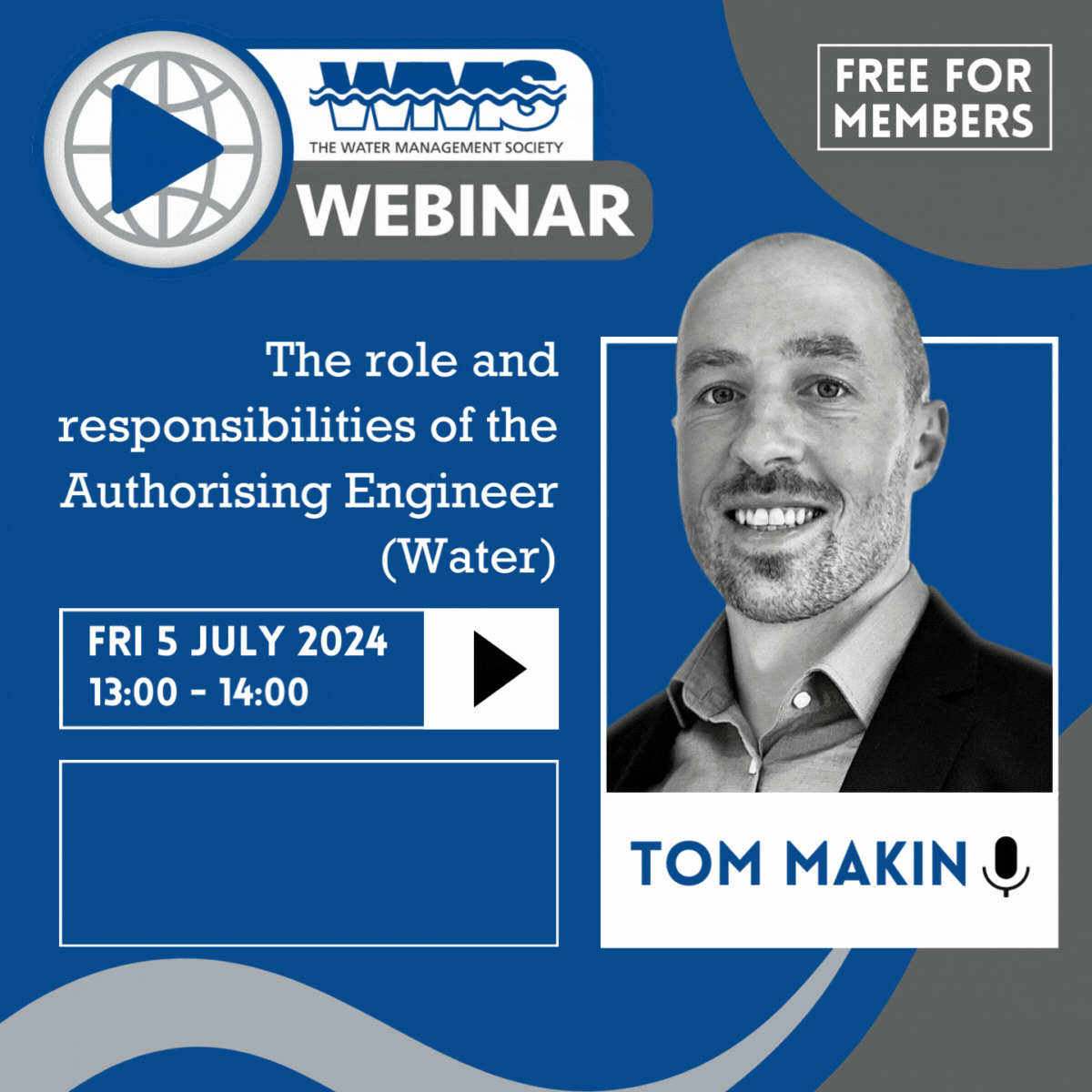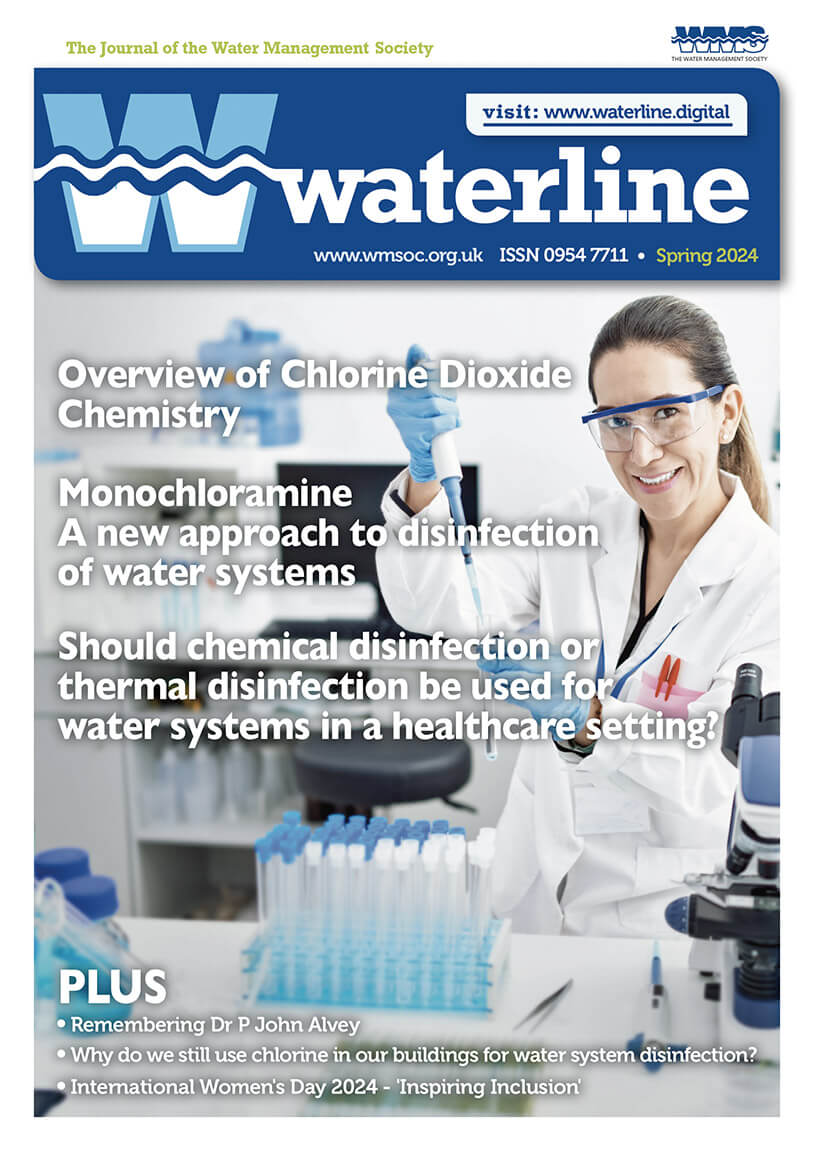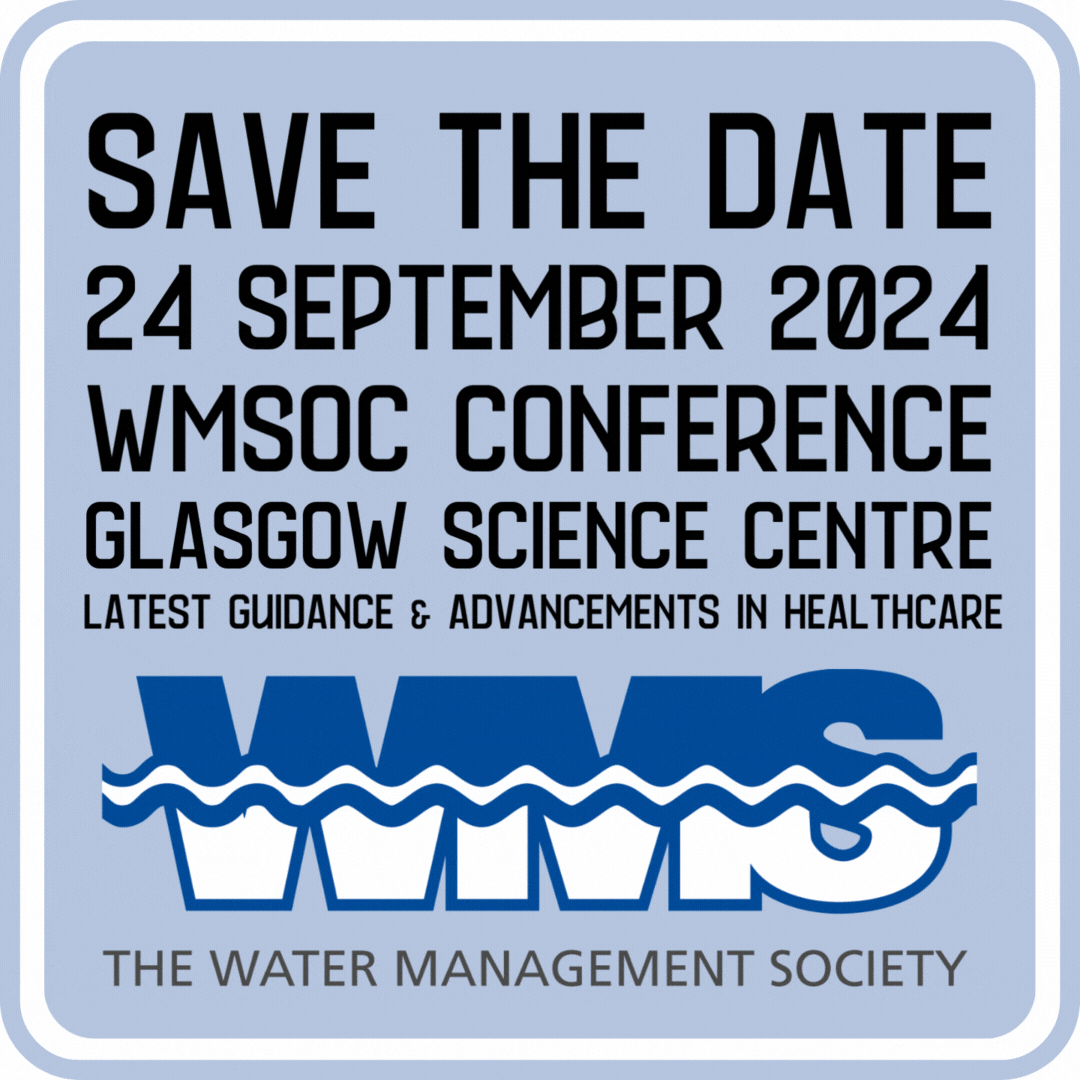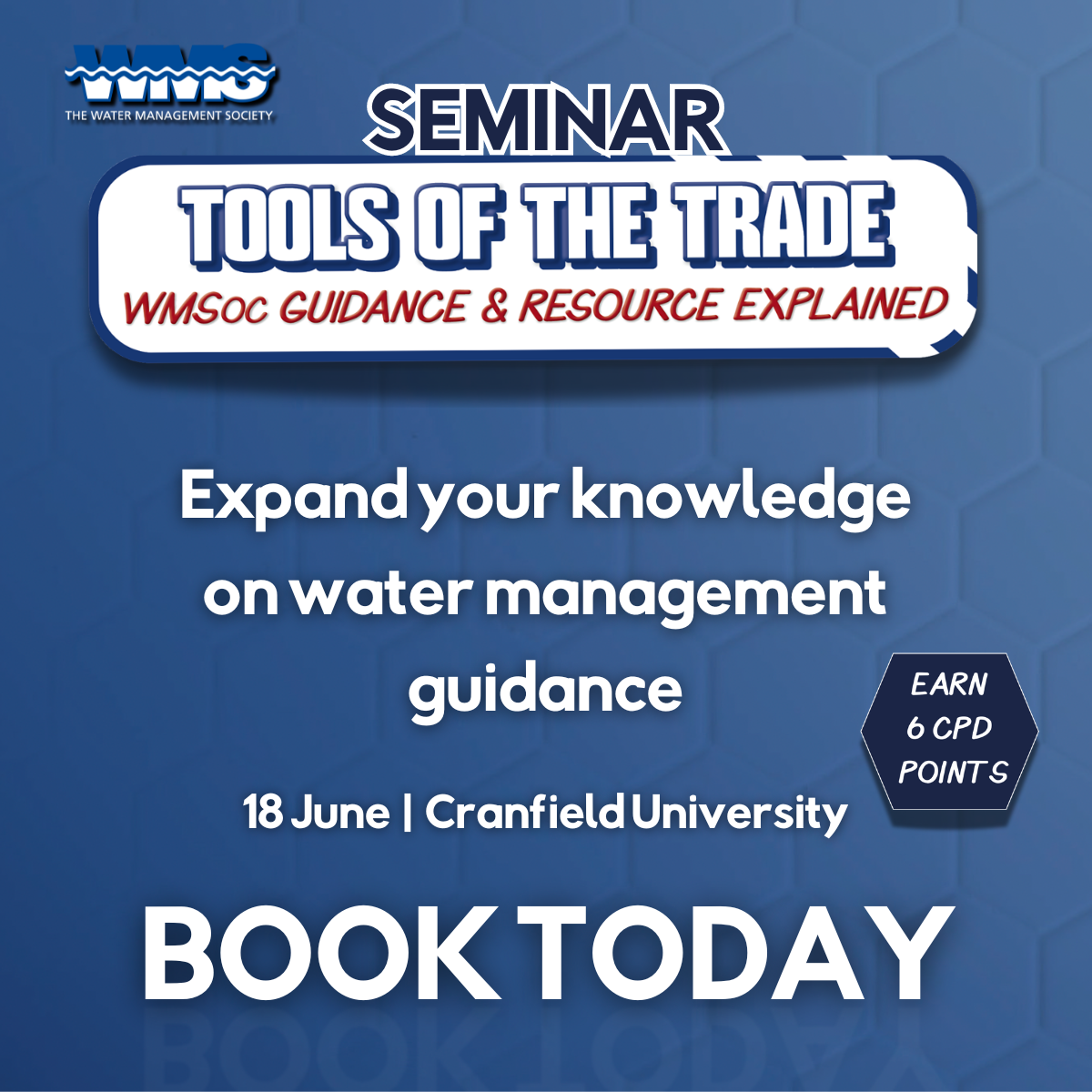The revised Memorandum of Understanding between HSE and the Care Quality Commission (CQC) is now available on both the HSE and CQC websites. http://www.hse.gov.uk/aboutus/howwework/framework/mou/mou-cqc-hse-la.pdf http://www.cqc.org.uk/sites/default/files/20180202_mou_between_cqc_hse_las.pdf The document outlines the respective responsibilities of CQC, HSE and local authorities in England when dealing with health and safety incidents in the health and adult social care sectors. It… Read more »
Product Launch: Film forming amines.
This all-in-one solution offers low-dose, cost-effective treatment. Improves heat transfer efficiency by removing corrosion deposits, leading to cleaner surfaces. Enhances energy and resource efficiency by reducing Total Dissolved Solids (TDS). The stable film provided by polyamines ensures superior corrosion control, promoting longer equipment lifespan.
Plus - environmentally friendly, offering a greener alternative to traditional treatments.
Contact us on [email protected] for further information.



















